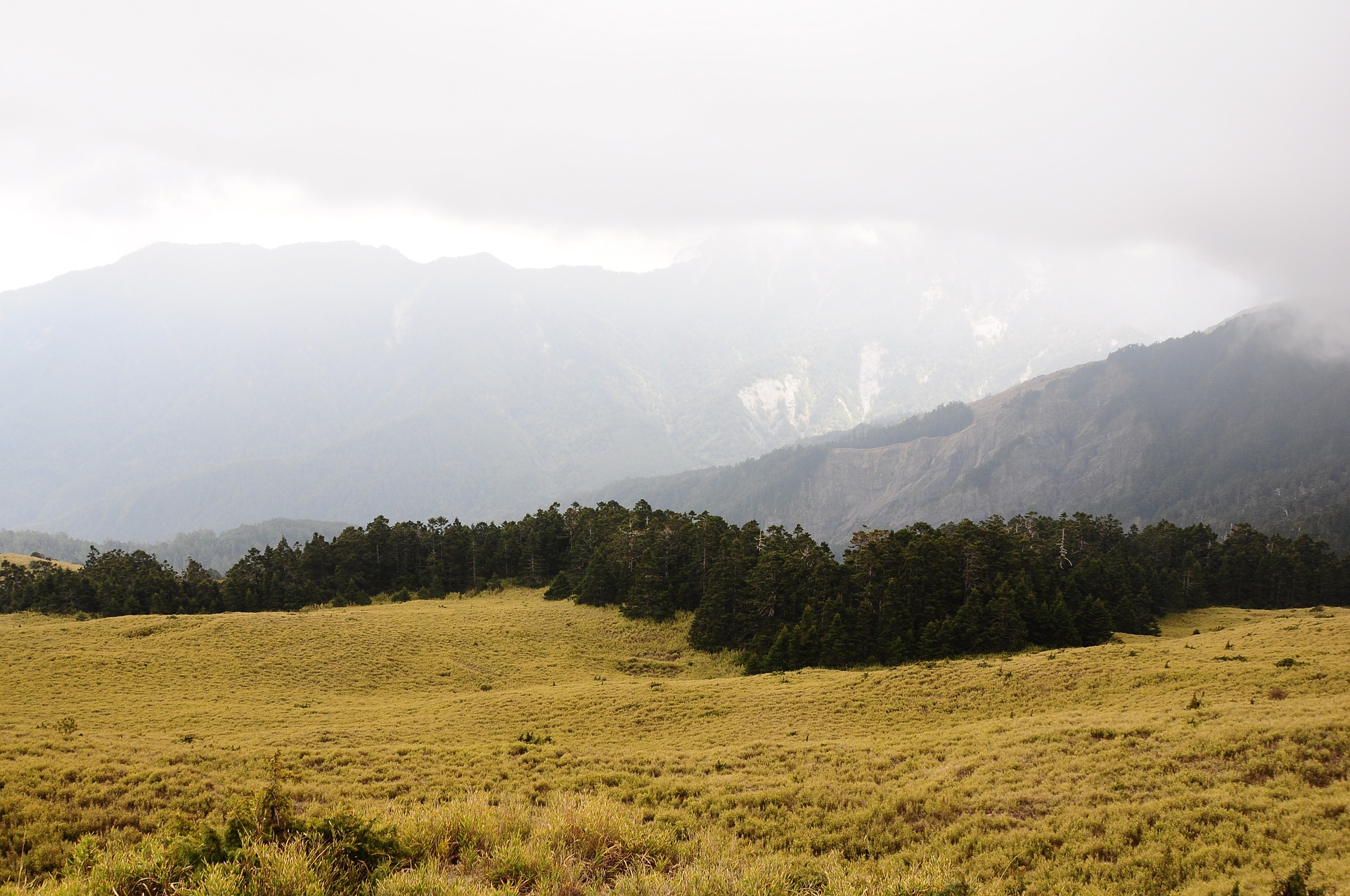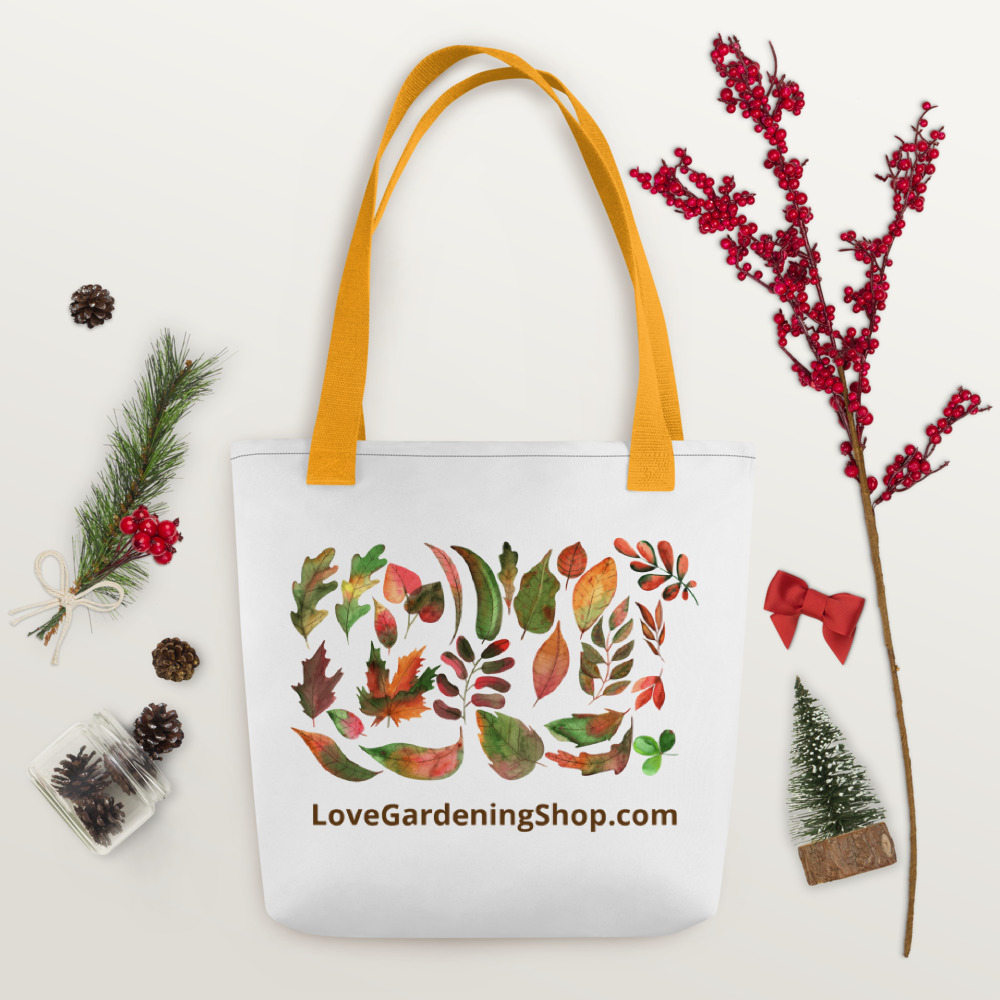
Many of us would like to be able to invest a large amount of money for landscaping and gardening to improve our home. In fact, with gardening being one of the most popular pastimes nowadays, many of us do spent quite a lot of money on our gardens.
However, if we failed to prune the plants and trees that needed it at the correct time, then your highly invested landscape will not look as it is supposed to. So now is the time to learn gardening tips for better maintenance of your garden and lawn.
The following gardening tips to help you improve your garden: –
Gardening tips for pruning
As we discussed in the introduction, pruning plays an important role in garden maintenance. If you commit any mistake whilst pruning, don’t become disillusioned because it looks like a bad haircut, it is going to grow again and will be fine.
Avoid watering in the evening
During summer, you may experience high humidity and very little rain, which may result in lot of problems in your garden. However, only watering the surface of very dry plants can in fact cause them more damage than good. If you are going to water, it is better if you only water every couple of days, but give them enough water to really benefit them. Watering is always best done early in the morning wherever possible. If you do have to water in the evening, try not to do it when it has been quite wet and warm as this will only encourage slugs and snails, who will in turn eat your plants.
Get rid of Powdery Mildew
Powdery mildew is the common fungus that mostly affects your ornamental plants. This will create white film on the leaves of the plants in your garden. Even other ornamental plants such as Sand Cherry and Dogwoods are also now getting affected with this fungus. Efficient gardening is necessary to curtail the growth of this fungus. The easiest way to prevent this by spraying general fungicide onto the affected areas. If you don’t like using fungicide, the only remedy is to cut off any infected parts and make sure that you burn them or completely remove them from your garden by taking to the household green waste centre.
Prevention of Pythium Blight
If you’re in the north and have perennial Rye grass, then this can suffer with a serious fungal problem. A fungus called Pythium Blight infects grass, if your lawn wet in the night because this fungus loves to grow in high humid condition mostly, in the night. Unfortunately there is not a lot that you can do to control the weather, so try to not water in the evenings.
Pythium blight can easily be seen in the early morning. You can easily identify the fungus on the top of the lawn as white cotton candy. You can easily notice this fungus mainly along driveways and walks, where the soil is moist. Pythium blight can easily be controlled by watering in the day at the earliest possible time.
Fire Blight
Fire Blight, another fungus prefers to grow well during summer rather than any other season. This fungus prefers to attack Pyracantha, Cotoneasters, Crabapple trees, and Apple trees. The presence of Fire Blight can easily be visualized once the any one of the branches of the plant turns red and dies. This Fire Blight can be prevented a little by pruning the affected branch and removing it from the main plant as far as possible.
It is also important that the cut branches should be burnt since Fire Blight is contagious and also wash or dip the projected shears by using alcohol in order to prevent the spread of the deadly fungus to other parts of the branch.
Shotgun fungus
A little gem like fungus, which prefers to grow in mulch and tends to swell, has been termed as “Shotgun Fungus”. This fungus can fly up to 8 feet in the air and will spatter your house with tiny brown specks and once they stick to your house or windows, they stick like glue. Most of us suspect the spiders and aliens for this tiny brown speck. You can’t prevent this fungus, but can do something by keeping the mulch loose so air can circulate inside to keep this fungus out. Although mulch is great, don’t allow them to get packed, try to remove it at least once in a year and also rake it flat as if it will look like you’ve just mulched.


